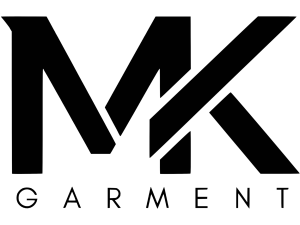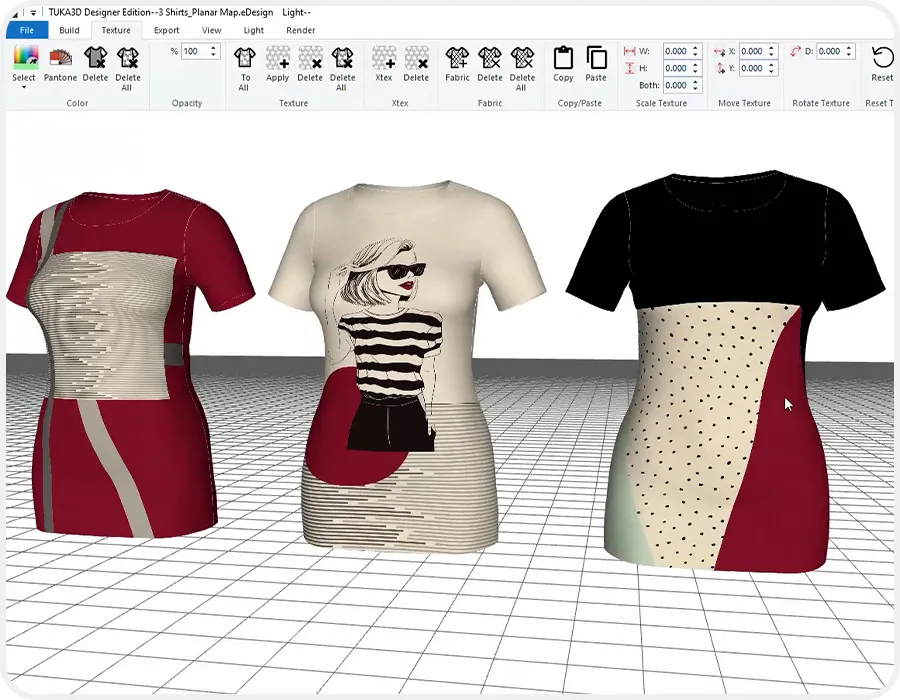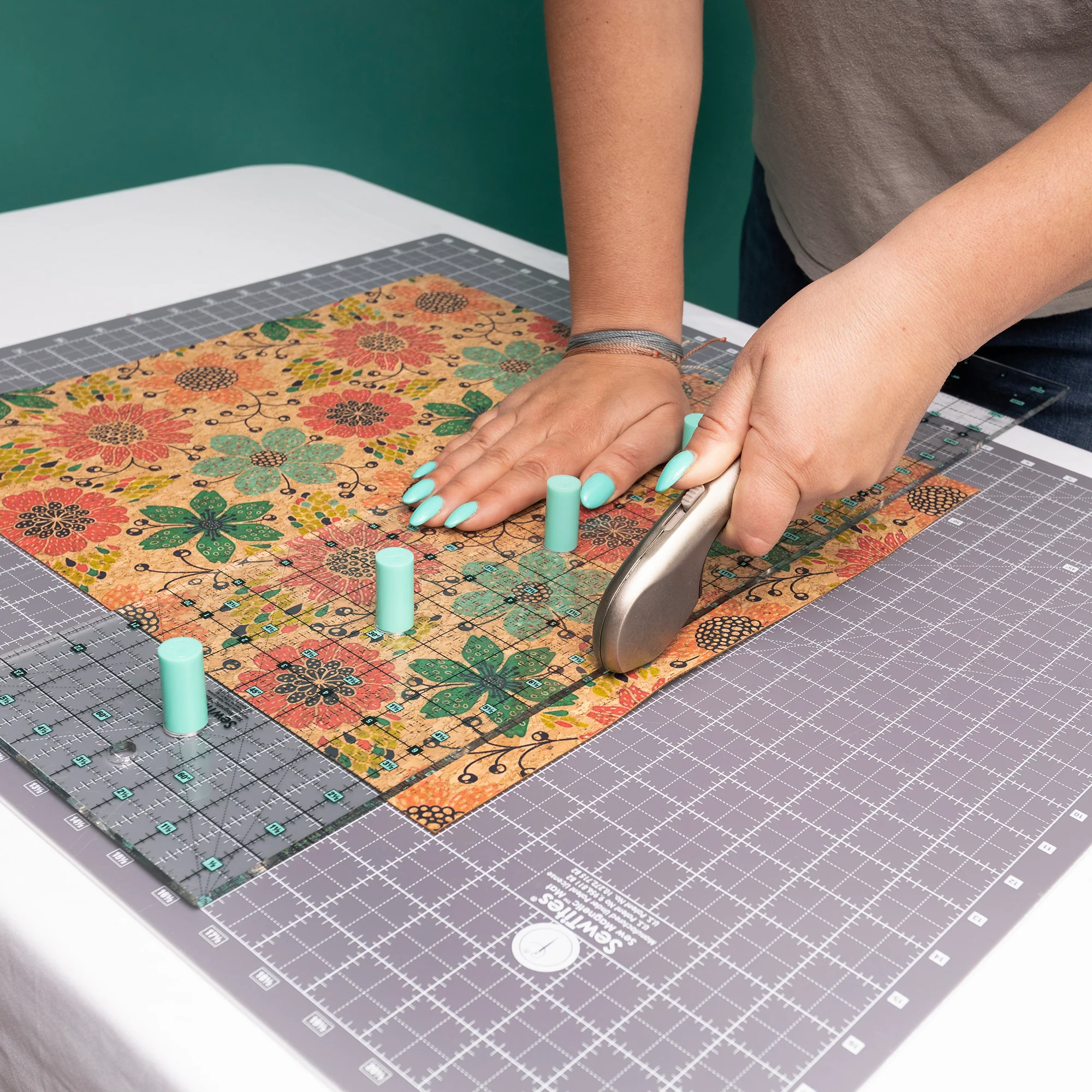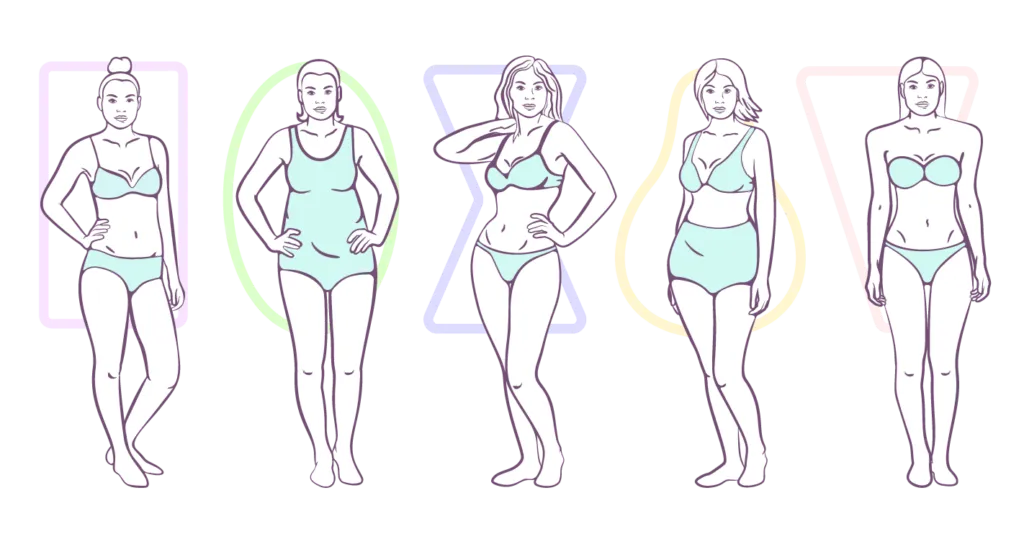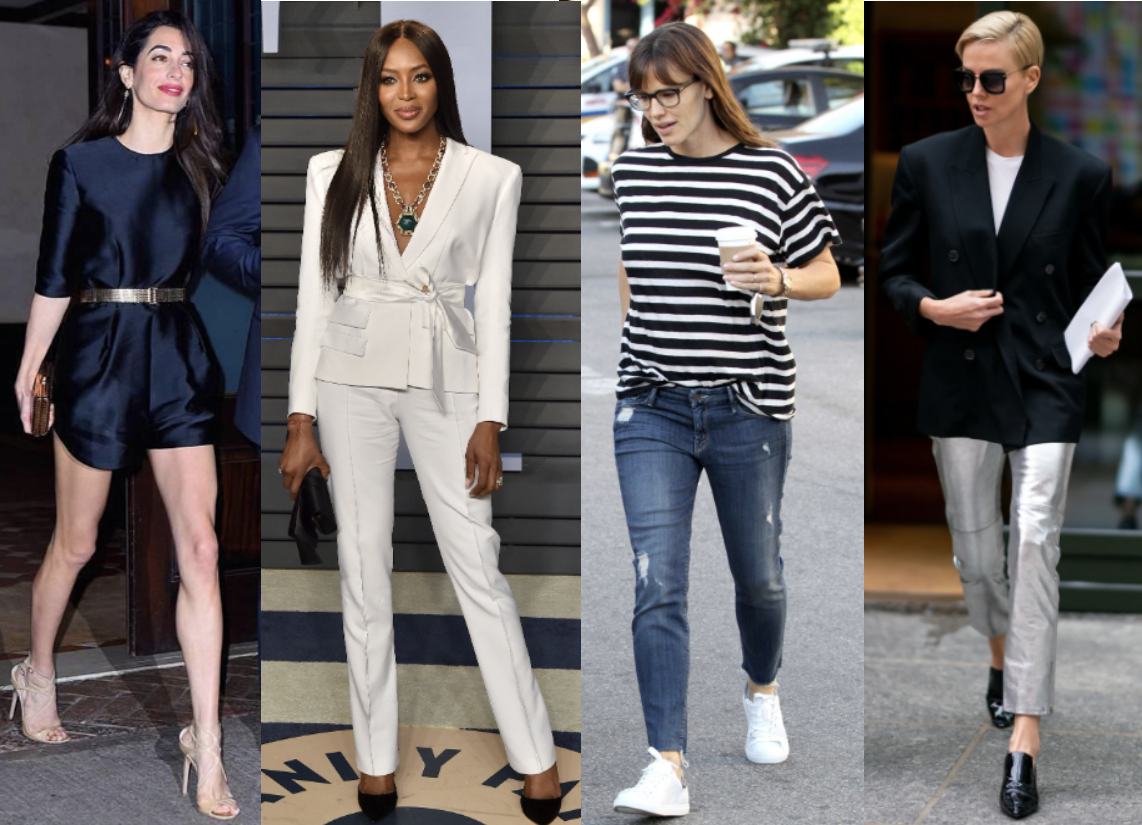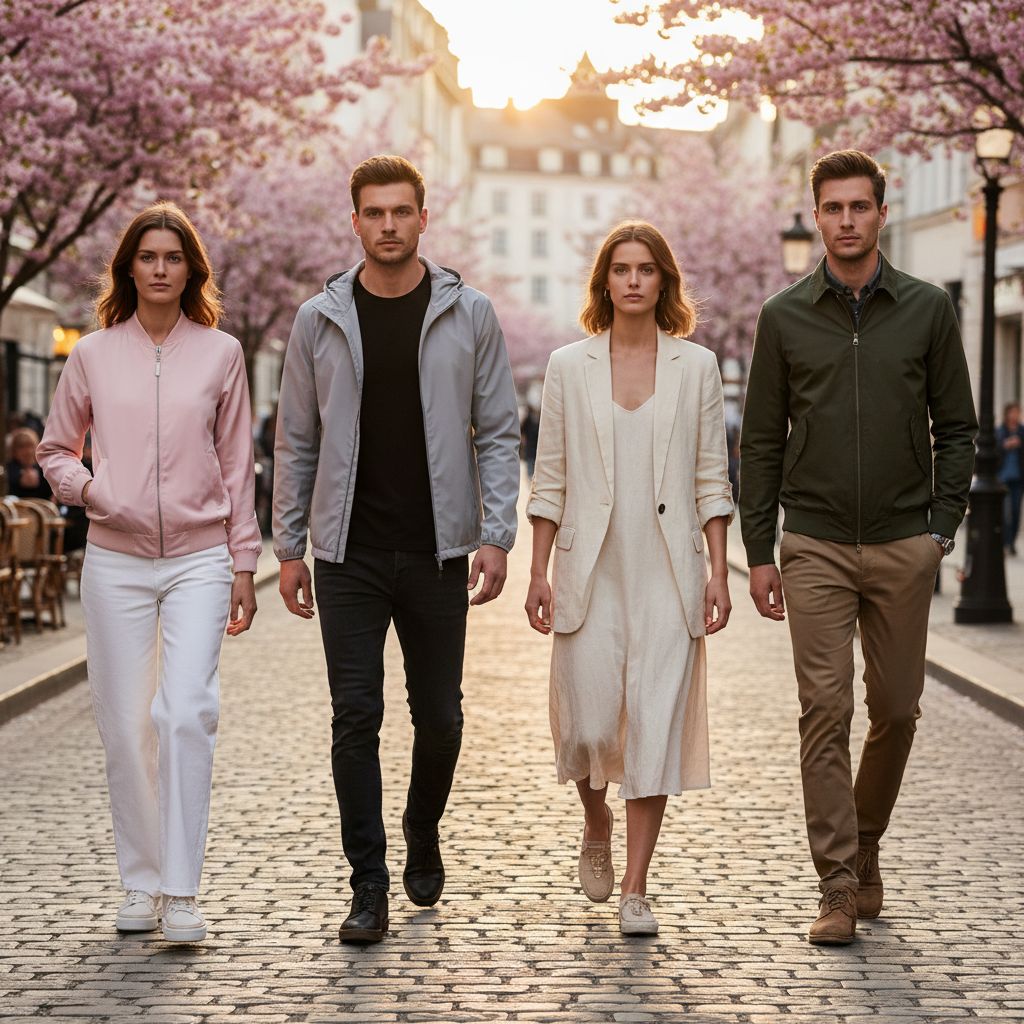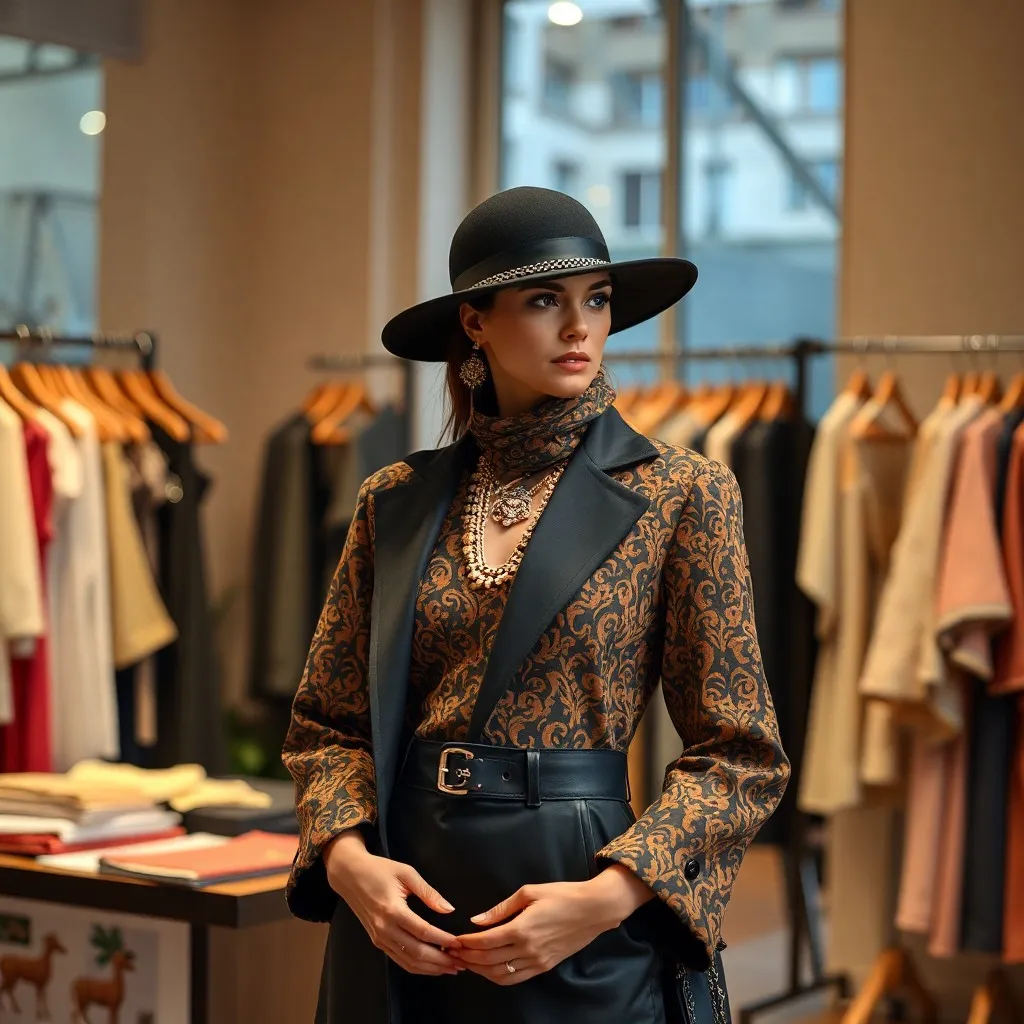
It’s important for you to develop a diverse set of skills to thrive in the competitive fashion industry. Beyond creativity, strong business acumen and effective communication play a vital role in turning your designs into successful products. You must also master technical abilities like needlework, computer-aided design, and time management to coordinate complex projects smoothly. By honing these skills, you will enhance your ability to innovate while managing teams, trends, and materials efficiently, ensuring your growth and sustainability as a fashion designer.
The Business of Fashion Design
Navigating the business side of fashion design demands more than just creativity. You need to understand how to balance budgets, manage suppliers, and plan production schedules while ensuring your designs meet market demands. Running a fashion brand involves overseeing sales channels, negotiating contracts, and keeping an eye on industry shifts. Mastering these business elements allows you to transform your creative vision into a sustainable enterprise that resonates with customers continuously.
=> Related Article: Effortless Elegance: A Fashionista’s Travel Companion
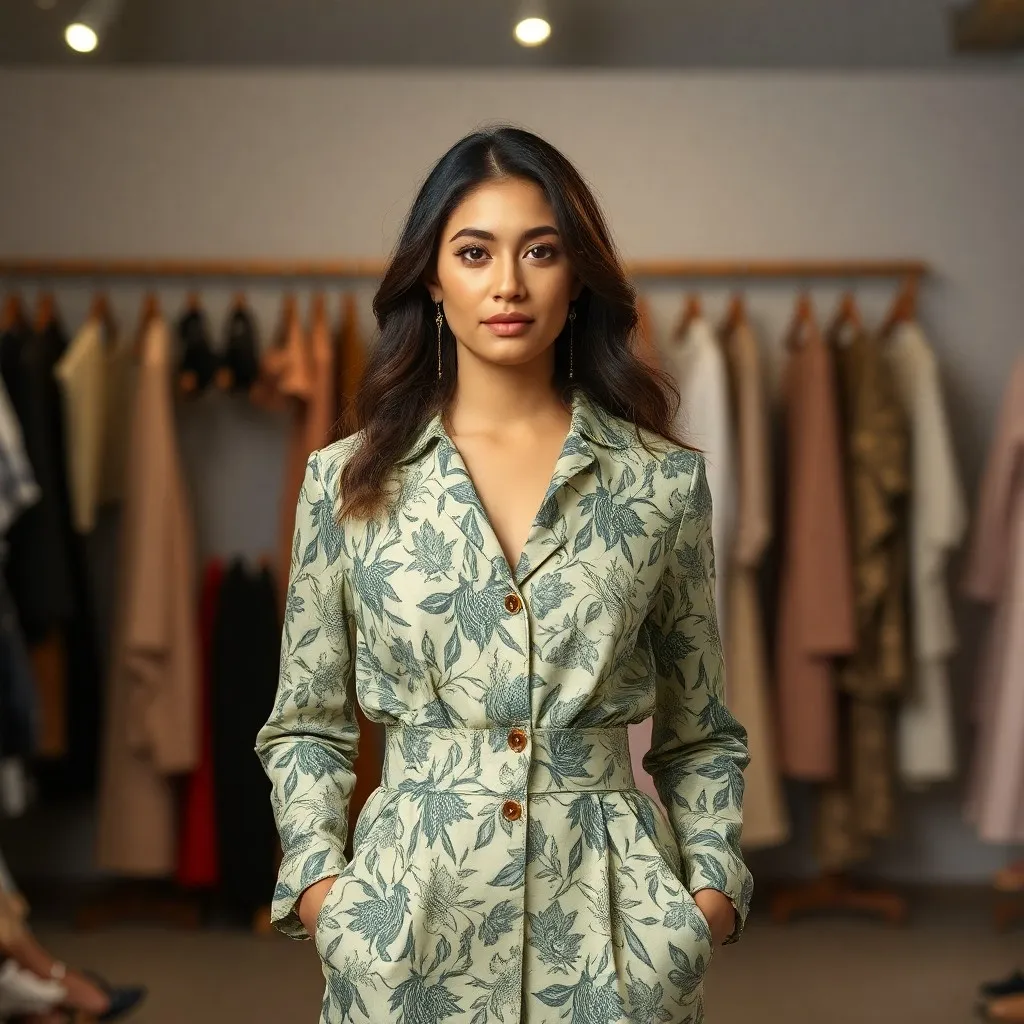
Understanding Financial Fundamentals
You’ll handle budgeting, cost analysis, and pricing strategies to keep your fashion line profitable. Tracking expenses such as fabric costs, manufacturing fees, and marketing budgets helps you avoid financial pitfalls. Analyzing profit margins for each collection and adjusting your spending can ensure you don’t exceed your resources. Financial literacy gives you the ability to forecast revenue streams and secure funding when needed, creating a foundation for long-term success.
=> Related Article: Fashion Style Classifications & Trend Insights – Mekong Garment Explains
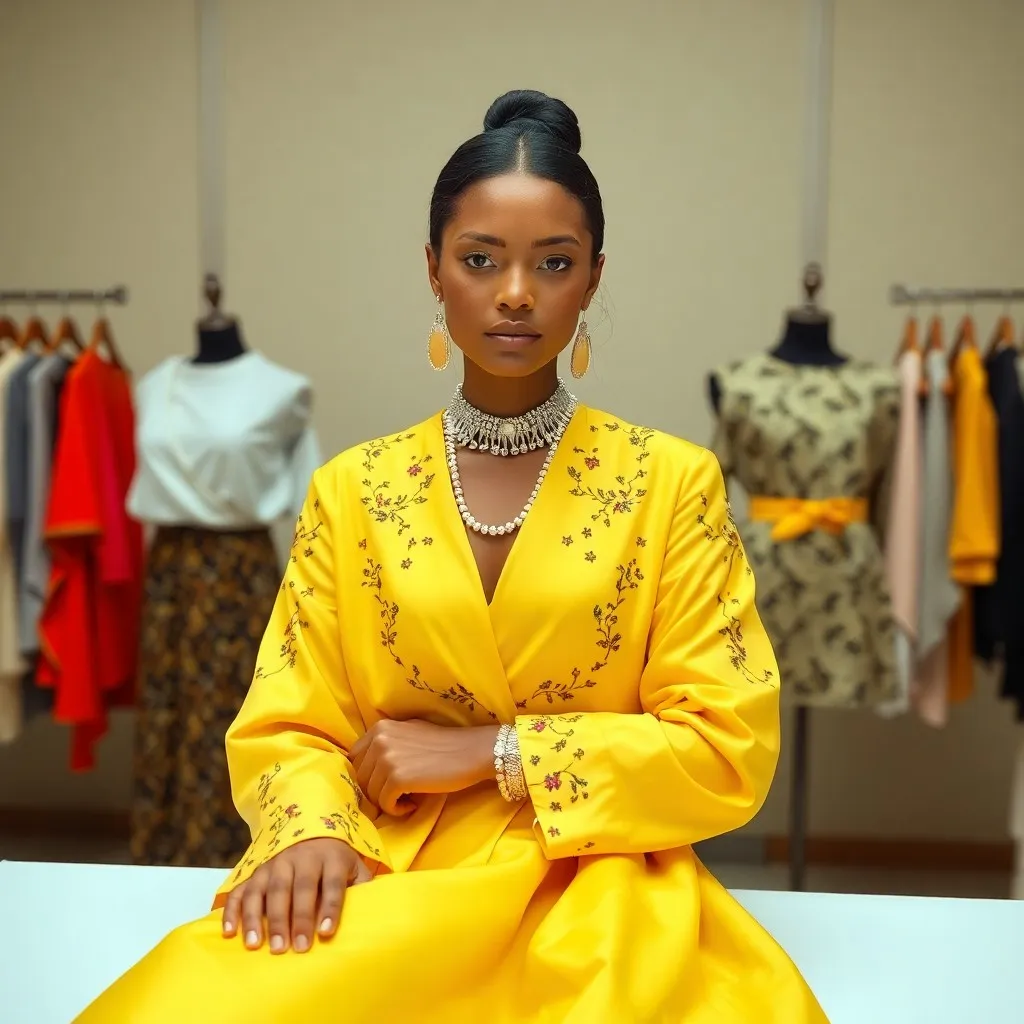
Marketing Strategies for Designers
Effective marketing connects your designs with the right audience through targeted campaigns, social media presence, and collaborations. Using platforms like Instagram or TikTok can amplify your brand visibility and engage customers directly. Incorporating influencer partnerships and pop-up events often boosts brand recognition rapidly. A well-executed marketing strategy highlights your uniqueness and builds customer loyalty over time.
=> Related Article: The Big Picture of the Fashion Business: 6 Pillars of the Industry
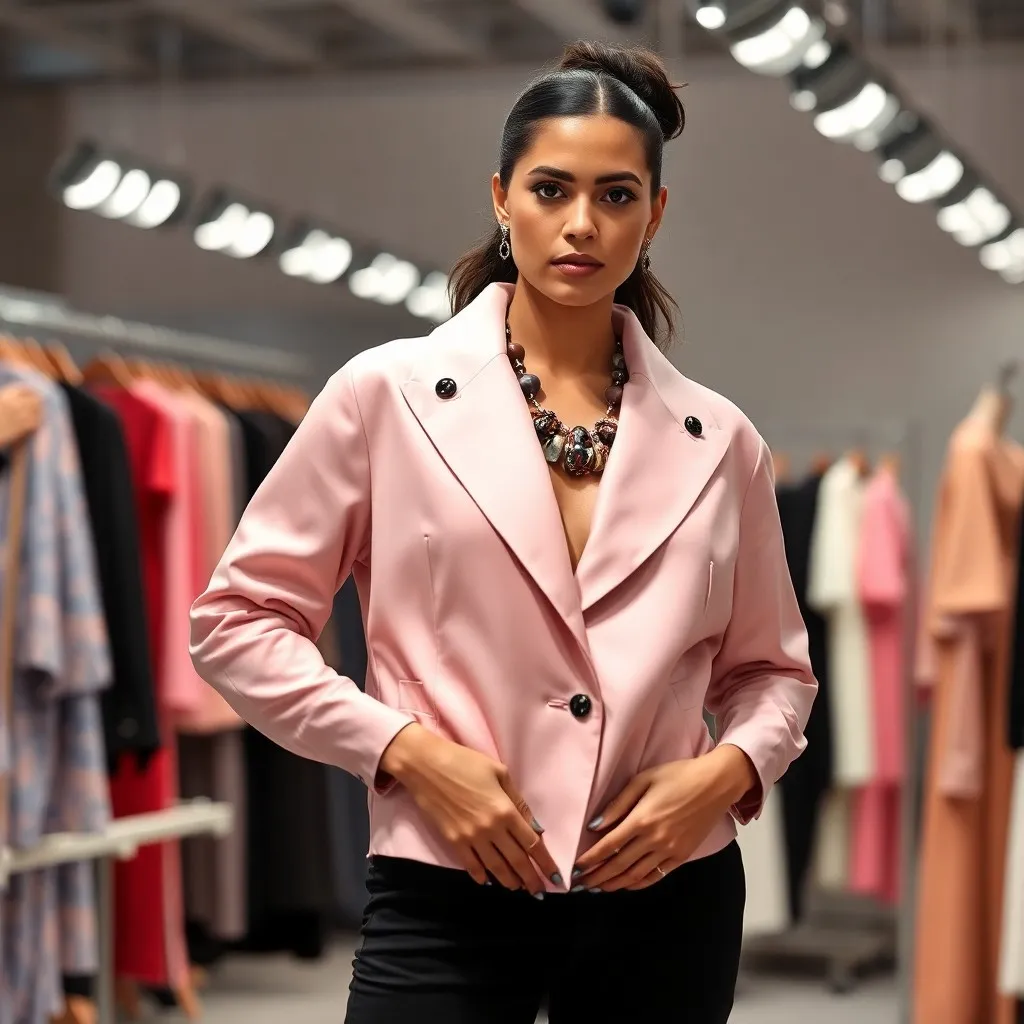
Expanding on marketing strategies, leveraging data analytics allows you to identify which collections resonate most with your customers, helping refine your campaigns. Collaborations with influencers who embody your brand’s aesthetic can generate authentic endorsements, often driving up sales by as much as 30%. Localized pop-up shops or trunk shows offer tangible experiences that foster deeper connections, increasing word-of-mouth promotion. Additionally, maintaining consistent branding across all channels enhances professionalism and trust, making your fashion label stand out in a crowded market.
Mastering Communication in Fashion
Effective communication shapes every stage of your fashion projects, from initial sketches to the final runway show. Clear dialogue with suppliers ensures quality materials arrive on time, while insightful discussions with models and stylists translate your vision into reality. Harnessing minimizes costly misunderstandings and accelerates project milestones, keeping you agile in a fast-paced environment. Tailoring your messages for different audiences—from artisans to marketing teams—amplifies your influence and sets the foundation for successful collaborations.
=> Related Article: Fashion vs. Style: What’s the Real Difference?

Networking with Industry Professionals
Building a diverse network connects you with tailors, fabric manufacturers, photographers, and stylists whose expertise broadens your creative ecosystem. Engaging regularly in fashion events, trade shows, and online platforms lets you spot emerging opportunities and trends early. Cultivating these relationships with a blend of authenticity and professionalism unlocks partnerships that provide fresh materials, insights, and exposure—vital for expanding your brand presence and staying competitive.
=> Related Article: List of the Best Fashion Design Software: CLO, Sketch, CorelDraw, Adobe Illustrator, TUKAcad…
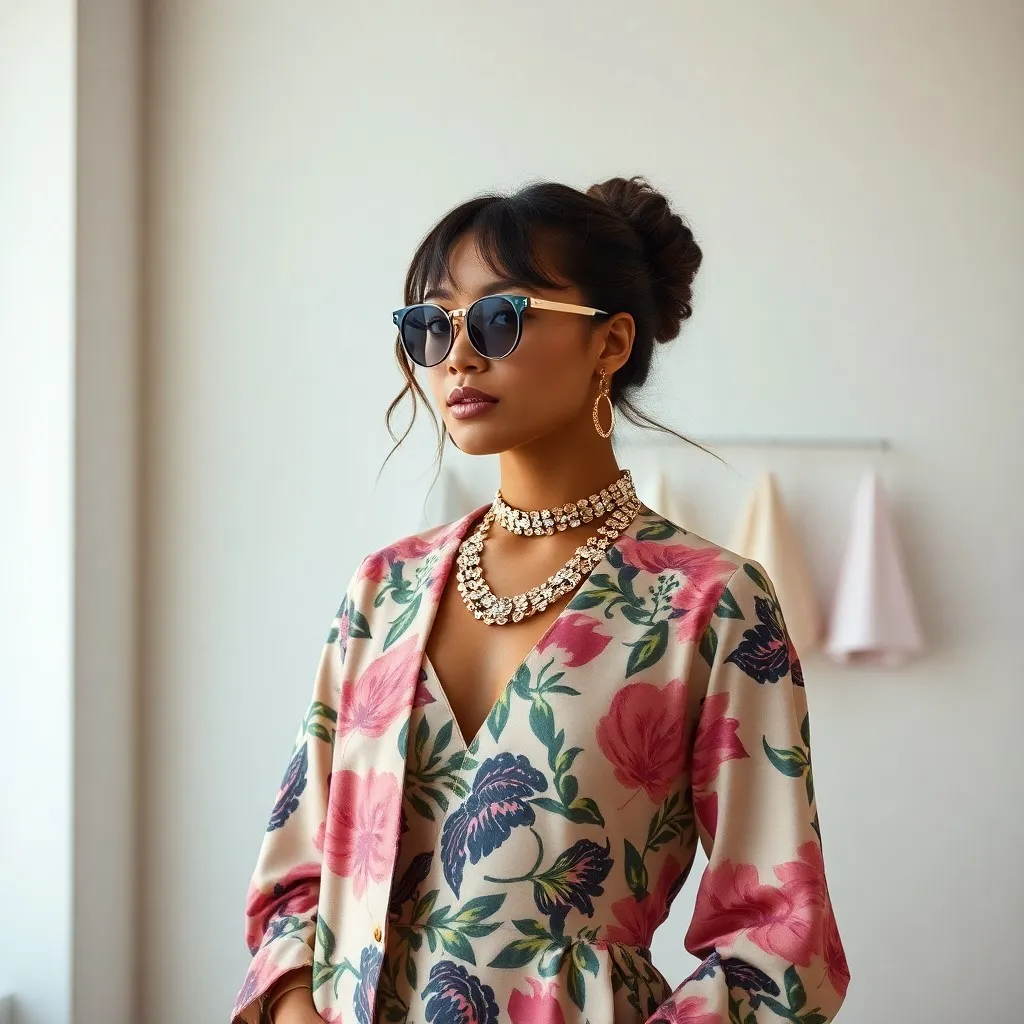
Collaborating Successfully with Teams
Leading your team to transform designs into tangible pieces requires balancing creative input with practical execution. Encouraging open feedback while resolving conflicts quickly ensures harmony and maintains momentum. Assigning roles aligned with each member’s strengths streamlines workflows and fosters accountability. Seamless collaboration integrates diverse talents—pattern makers, seamstresses, marketers—into a unified vision that elevates the entire collection.
=> Related Article: Essential Fashion-Design Tools Every Beginner Should Have

Delving deeper, managing your team means setting clear objectives and timelines that align with your design goals and production deadlines. Facilitating regular check-ins uncovers bottlenecks early, allowing swift adjustments without compromising quality. Emphasizing mutual respect and transparent communication helps prevent misunderstandings, while celebrating milestones keeps morale high. Leveraging project management tools tailored for fashion teams, such as digital mood boards and scheduling apps, further enhances coordination, driving your collection toward successful completion with precision and creativity.
Essential Craft Skills for Designers
Mastering the hands-on craft skills transports your design concepts from paper to wearable art. The ability to skillfully sew, assemble, and manipulate fabrics plays a defining role in realizing your vision, while meticulous attention during construction enhances quality and fit. Combining these practical skills with your creative talents ensures each garment meets aesthetic and functional standards, giving you a competitive edge in producing garments that truly stand out.
=> Related Article: Fashion Guide: Dressing Right for Your Body Type

The Art of Sewing and Construction
You develop a deeper understanding of fabrics and garment shape when you actively sew your designs. Proficiency in stitching, pattern alignment, seam finishes, and tailoring techniques allows you to control every detail of the piece. For example, mastering French seams for delicate fabrics or reinforcing stress points on activewear showcases both quality and durability, reflecting positively on your craftsmanship and overall design impact.
=> Related Article: How Lines Create Optical Illusions in Clothing

Visualization Techniques: Sketching Your Vision
Sketching translates your conceptual ideas into visual narratives that communicate proportions, textures, and movement. Precision in drawing—with accurate measurements and clear detailing—helps others grasp your design intent. This early visualization serves as a vital blueprint, guiding the production process and refining ideas before fabric touches the cutting table.
=> Related Article: Risk Management in the Fashion Industry
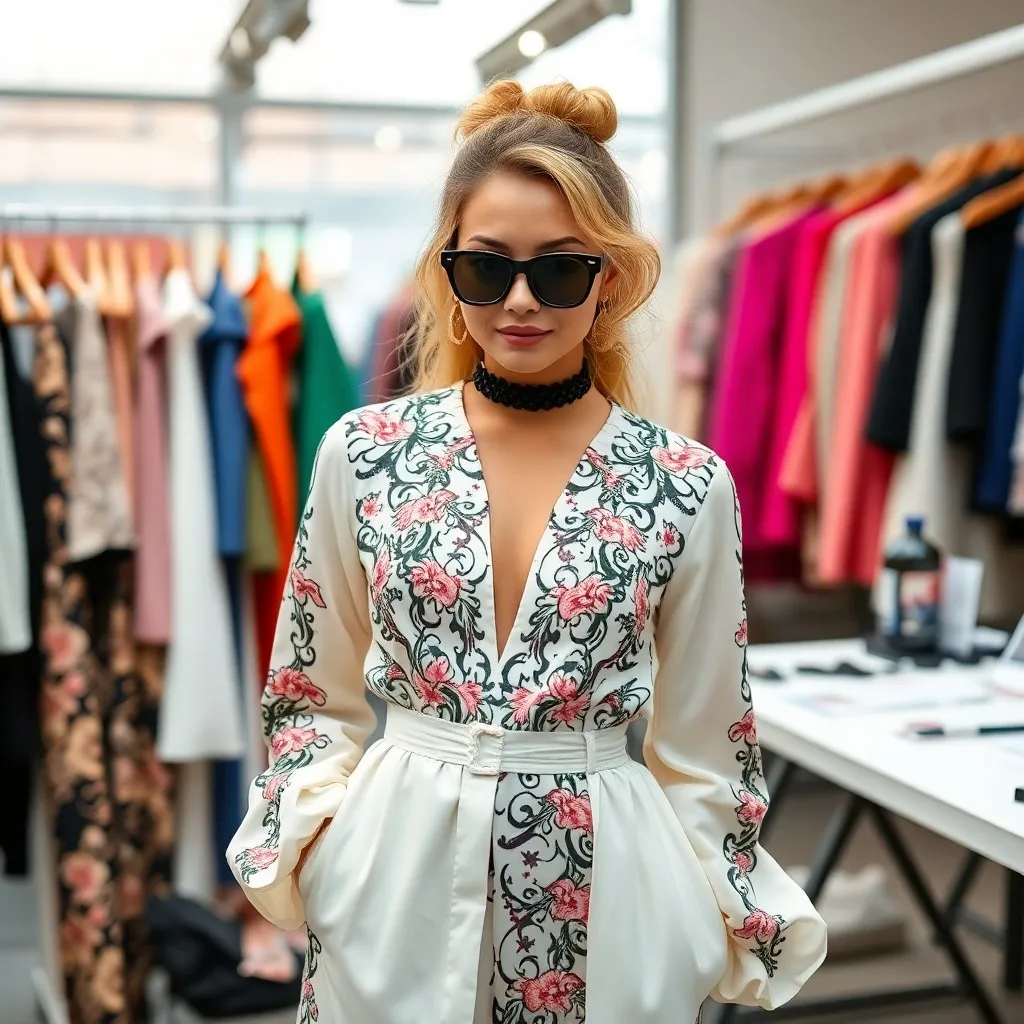
Beyond basic sketching, developing advanced visualization skills involves experimenting with multiple perspectives, color rendering, and fabric texture simulation. Utilizing tools like croquis templates accelerates capturing human form proportions, while adding shading and highlighting techniques brings depth and realism to your designs. Learning to iterate rapidly through sketches allows you to explore variations and improve your collections continuously, making your creative process both efficient and compelling to clients or collaborators.
=> Related Article: Fashion Style Classifications & Trend Insights
Navigating Time and Technology
Balancing time and technology can elevate your efficiency and creativity as a fashion designer. Juggling design creation, business management, and team coordination demands systematic time control alongside fluency in digital tools. Effective use of scheduling apps and mastering design software not only streamlines your workflow but also sharpens your competitive edge in fast-paced fashion cycles. Approaching each day with both structured planning and adaptable technical skills ensures you meet deadlines without sacrificing innovation.

Effective Time Management Practices
Prioritizing tasks according to deadlines and complexity optimizes your day. Creating clear to-do lists segmented by project phases helps break down overwhelming workloads into manageable steps. Allocating specific time blocks for creative brainstorming, sourcing materials, and meetings ensures nothing is neglected. Using digital calendars to set reminders for fittings, client reviews, and vendor follow-ups keeps you on track. Effective delegation within your team further frees your schedule to focus on high-impact design decisions.
=> Related Article: Risk Management in the Fashion Industry

Leveraging Computer-Aided Design Software
Mastering CAD software allows you to transform rough sketches into precise, editable digital patterns, speeding up the design-to-sample process. Programs like Adobe Illustrator or CLO 3D facilitate detailed garment visualization, enabling quick experimentation with fabrics, colors, and textures without physical prototypes. These tools also support seamless collaboration by sharing editable files with pattern makers and manufacturers, reducing errors and accelerating production timelines.

Expanding your proficiency in CAD software can drastically improve your workflow efficiency and creative flexibility. For instance, CLO 3D provides realistic garment simulations, cutting down costly samples by up to 40%. Adobe Illustrator’s vector tools enable you to draft scalable patterns with pixel-perfect accuracy. Integration with supply chain management platforms further streamlines ordering fabrics and trims. Keeping up with regular software updates and adopting emerging design technologies ensures you maintain a tech-forward approach that adapts to evolving industry demands.
Adapting to the Evolving Fashion Landscape
Navigating the constant shifts in the fashion industry means staying agile and responsive. Your ability to analyze market movements, anticipate emerging styles, and adjust your strategies promptly determines how well you maintain relevance. With the digital age accelerating trend cycles, embracing new platforms, technologies, and consumer behaviors can give you a distinct competitive edge that sustains your brand in a fast-paced environment.
=> Related Article: 7 Step Procedure for Inspecting Empty Garment Containers Before Loading
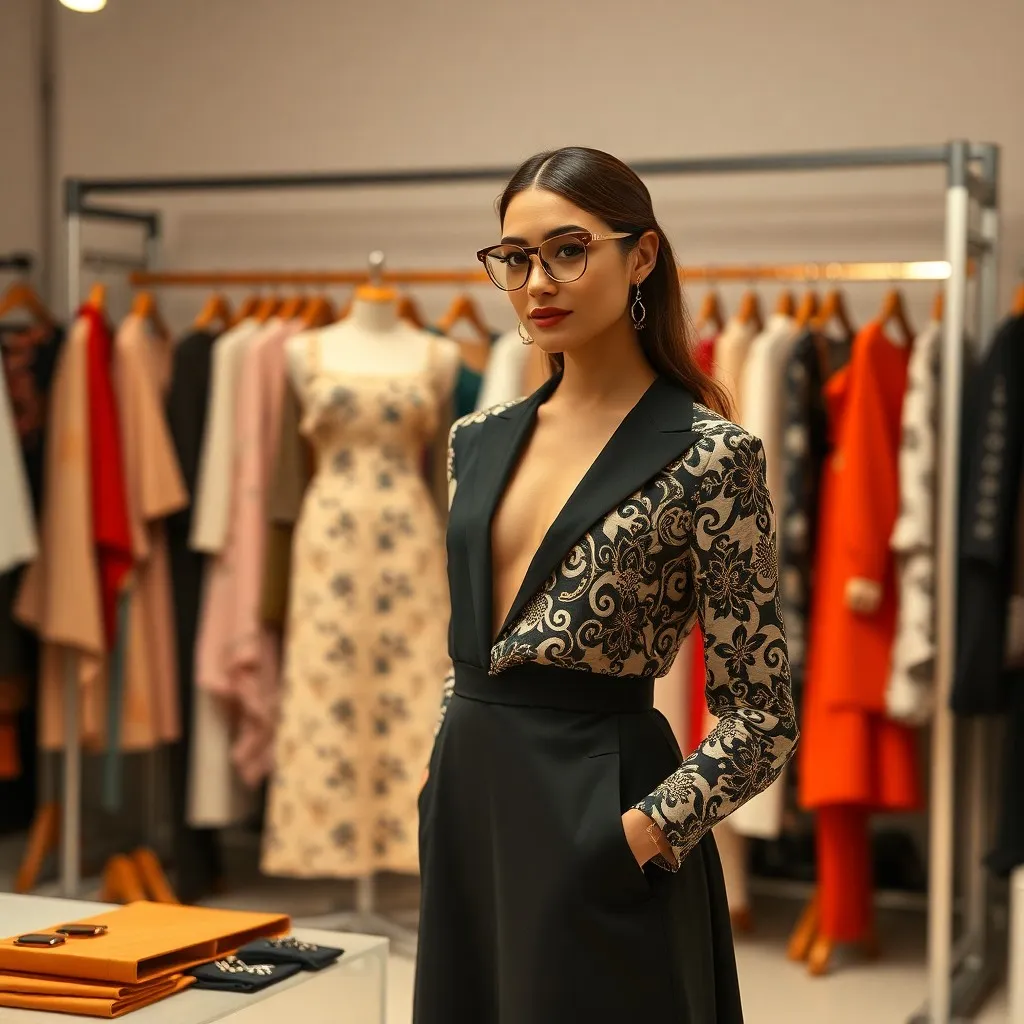
Keeping Pace with Trends and Consumer Demands
Monitoring global runways, social media buzz, and street style allows you to decode what consumers want before the mainstream catches on. Observing data from retail sales, influencer collaborations, and even micro-trends in niche markets equips you to design collections that resonate. Integrating this insight helps you not only meet expectations but also deliver products that speak directly to evolving consumer identities and lifestyles.
=> Related Article: How to Know How Much Cotton Is in a Fabric

Embracing Creativity and Innovation
Innovation happens when you push beyond traditional boundaries and experiment with new materials, techniques, or concepts. Collaborating with technology, such as 3D printing or sustainable fabrics, enables you to stand out while addressing industry challenges. Constantly challenging yourself to rethink design approaches fosters a unique voice that captures attention in saturated markets.

Digging deeper into innovation means blending artistry with functionality; for example, incorporating smart textiles that respond to environmental conditions or designing modular outfits adaptable to multiple occasions. Case studies from leading designers who integrate AI-driven design tools reveal how technology can spark creativity rather than replace it. When you actively prototype and iterate ideas, you create designs that not only look fresh but also set new standards, inspiring trends rather than following them.
Conclusion
Following this, you should understand that to succeed as a fashion designer, developing a blend of technical and creative skills is important. Your ability to manage time, communicate effectively, stay updated with trends, and handle business aspects will set you apart in the competitive fashion industry. By honing these skills, you can efficiently lead projects, collaborate with teams, and create innovative designs that meet market demands. Continuously improving your skill set will help you not only survive but thrive as a fashion designer in today’s dynamic environment.
